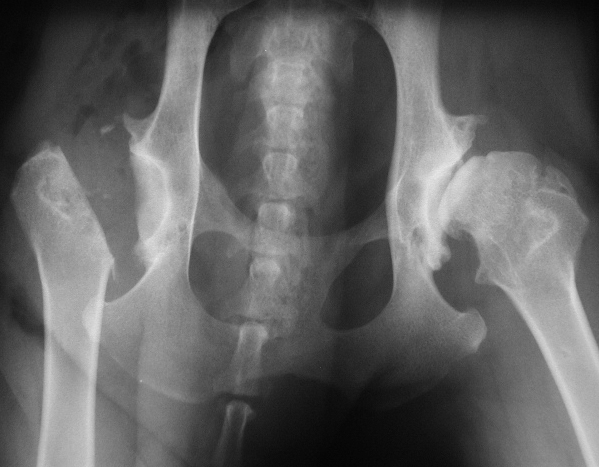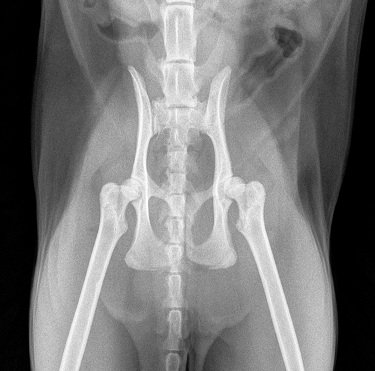hip dysplasia in cats uk
Older dogs can also present if the osteoarthritis is becoming debilitating. Large purebred cats such as Maine coon and Himalayan cats are more likely to develop hip dysplasia than mixed breed cats.
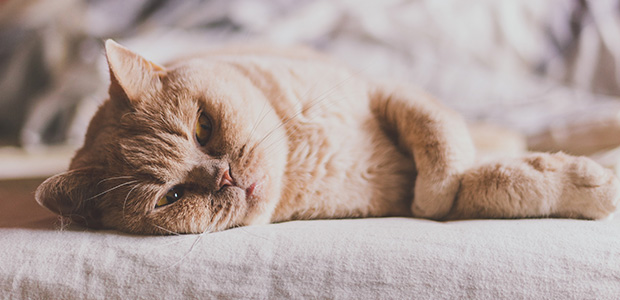
Hip Dysplasia In Cats Causes Symptoms Prevention My Family Vets
Hip dysplasia in cats is an inherited and painful joint disease.
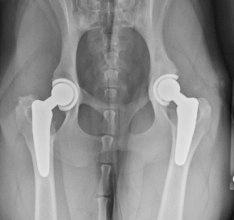
. Cats dont always exhibit clear signs of hip dysplasia but symptoms such as limping avoiding exercise and irritability may point to a diagnosis. Weak association between hip dysplasia and medial patella luxation Patella. With that being said we can find the following range of clinical signs.
The cats hip joint consists of two bone parts the femoral head in this case the ball and the hip bones acetabulum in this case the socket. Clinical signs of HD in cats are often gradual in onset making them difficult to appreciate but may include inactivity pelvic limb lameness difficulty jumping and climbing stairs and reluctance to squat to defecate. X-rays are required to confirm the diagnosis.
While hip dysplasia is most commonly associated with dogs and is certainly more common in dogs than it is in cats nevertheless our feline companions may also be affected by the condition which can lead to pain difficulty moving freely and a progressive degeneration of the hip joints. Hip dysplasia affects the shape of the ball and socket joint in the pelvis. Hip dysplasia was diagnosed in three cats.
When the ball and socket of the hip dont form properly there is increased movement in the joint. Weak association between hip dysplasia and medial patella luxation patella. Hip dysplasia in cats is a genetically inherited malformation of the hip joint.
Often lameness is bilateral and can be particularly difficult to recognise. Why Do Maine Coon Cats Get Hip Dysplasia Maine coons and females are especially at risk for it. These will be carried out under a general anaesthetic.
Long-term drug therapy should be avoided if at all possible in view of potential side effects where alternative and effective treatment options are available. Cats with hip dysplasia can also have a total hip replacement. As in the dog hip dysplasia in cats is assumed to result from a combination of genetic several genes are likely to be involved along with environmental dietary and lifestyle factors.
It is similar to a hip replacement in humans where the entire hip joint is removed and a synthetic hip is put in place. In some cases the problem is a developmental issue such as hip dysplasia which may start to affect animals from when they. Some dogs with hip dysplasia fail to respond satisfactorily to medical treatment and in these dogs surgery may be indicated.
Hip dysplasia occurs when the ball and socket joint that make. What is Hip dysplasia. UK Limited Company Number 037777473 whose registered office is at CVS House Owen Road Diss Norfolk.
Hip dysplasia is one of the most common orthopaedic conditions in dogs but can also be seen less commonly in cats. Hip dysplasia in cats is mainly hereditary but can sometimes be caused by obesity. Hip dysplasia in cats uk.
Developmental dysplasia of the hip. In hip dysplasia the ball-and-socket joint connecting the head of the femur to the hip bone is malformed. There are two forms of surgery for hip dysplasia.
A definitive diagnosis of the condition can be achieved by an x-ray of an apparently painful hip joint. Feline hip dysplasia is a progressive and chronic orthopaedic condition that affects cats of all breeds. Hip dysplasia in cats is a genetically inherited malformation of the hip joint.
All were confined for two weeks and showed considerable clinical improvement. Hip dysplasia is a complex condition in dogs and cats in which the hip develops abnormally as the young animal grows resulting in abnormal articulation of the ball and socket hip joint between the femur thigh bone and pelvis. Signs can include a reluctance to move about and your cat may be in pain when touched.
It is a developmental condition meaning that the shape of the pelvis is normal at birth but becomes progressively abnormal as the animal grows. Hip dysplasia in cats uk Thursday May 12 2022 Affected animals have a normal joint at birth but for some reason the soft tissue support of the joint does not keep pace with the growth of the bones. The involved bones start to knock and rub against one another leading to degeneration and a painful arthritis.
In some cats hip dysplasia will not cause any obvious disease but in others especially if more severely affected over time significant and painful arthritis may develop. Hip dysplasia is the abnormal development of the hipbone and the femur coxofemoral joint. Many patients will present at 6-12 months of age.
Nineteen cats had mild hd 4 had moderate hd and 2 had severe hd. They can begin experiencing symptoms between 4 and 12 months of age with weakness in the joints until degenerative signs. Thus laxity in kittens is thought to play an important role in the pathogenesis of hip dysplasia.
This condition is seen predominantly in dogs but can also be diagnosed in cats. With cat hip dysplasia the fit is poor and misshapen. Hip dysplasia is a painful condition that causes one or both hip joints to develop abnormally while a puppy is growing.
The mode of inheritance is polygenic. Clinical signs of feline hip dysplasia include limping or other apparent difficulties in walking avoidance of physical activity expression of pain if the hip is touched and persistent licking or chewing at the hip area. As most signs of hip dysplasia are due to the slow degeneration of the joint and development of arthritis this disease is.
Hip dysplasia in cats uk. 23 August 2021. Hip dysplasia is a complex condition in dogs and cats in which the hip develops abnormally as the young animal grows resulting in abnormal articulation of the ball and socket hip joint between the femur thigh bone and pelvis.
Hip dysplasia affects many species including the human. It is the most commonly diagnosed orthopedic disease in dogs Hip dysplasia is inherited. At follow-up examination the cats were free of clinical signs despite the deterioration in the radiological appearance of.
This is because the muscles and cartilage of the hip continue to work together allowing the cat to sit lay down run jump and act like a regular cat. Increased hip laxity is associated with an increased incidence of degenerative joint disease in the hip Arthritis. The environment under which the cat lives can exacerbate the illness.
Symptoms of Hip Dysplasia in Cats The symptoms of feline hip dysplasia will depend on the degree of incongruity of the joint. Two were presented with a history of hindlimb lameness and the other had a history of constipation.

Hip Dysplasia Fitzpatrick Referrals
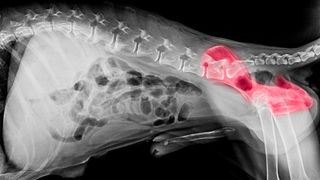
A Vet S Guide To Hip Dysplasia In Dogs Petsradar

Hip Dysplasia International Cat Care
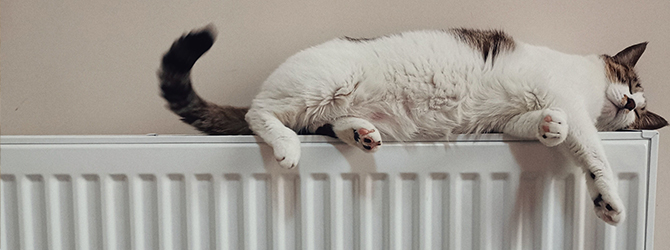
Hip Dysplasia In Cats Causes Symptoms Prevention My Family Vets

Why Do Maine Coon Cats Get Hip Dysplasia
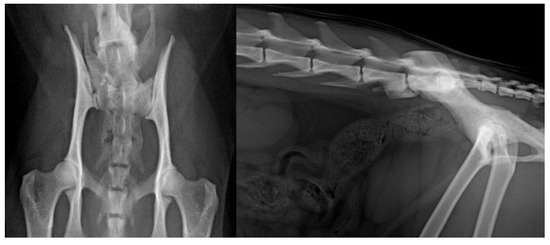
Animals Free Full Text The Prevalence Of Feline Hip Dysplasia Patellar Luxation And Lumbosacral Transitional Vertebrae In Pedigree Cats In The Czech Republic Html
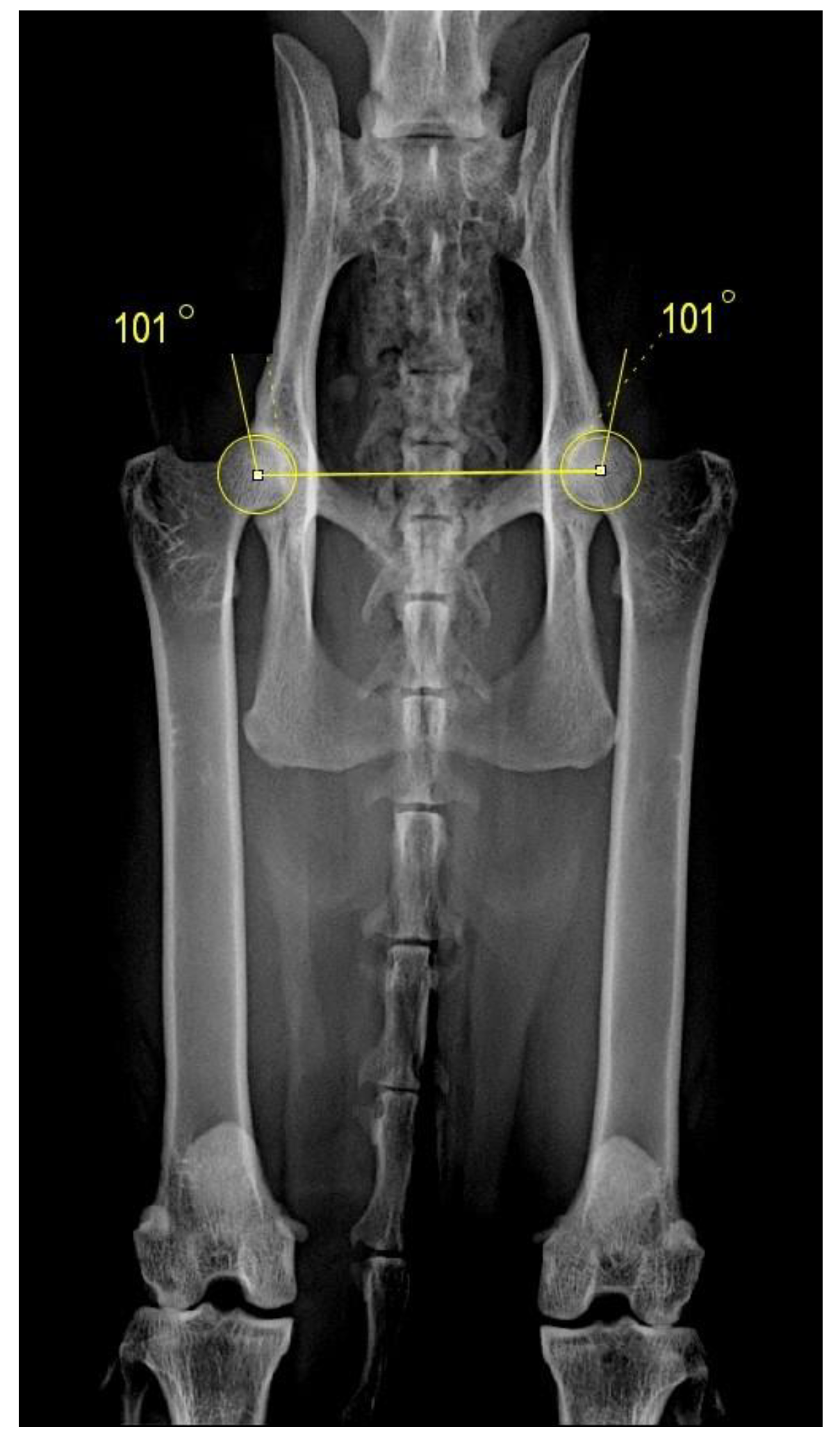
Animals Free Full Text The Prevalence Of Feline Hip Dysplasia Patellar Luxation And Lumbosacral Transitional Vertebrae In Pedigree Cats In The Czech Republic Html
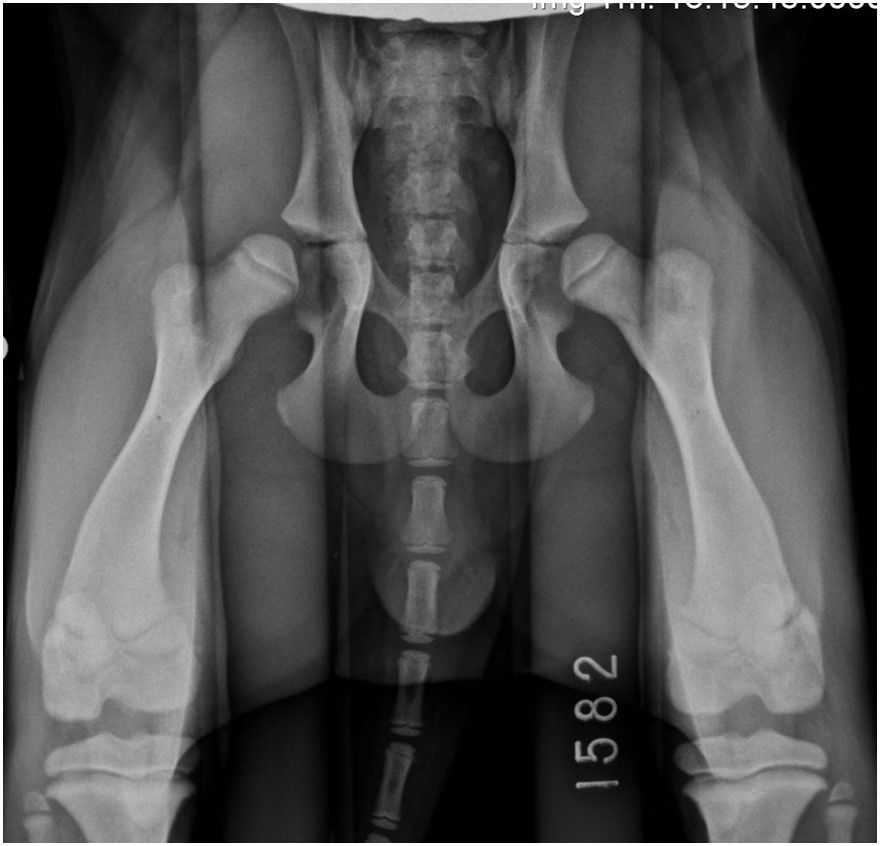
Hip Dysplasia Fitzpatrick Referrals
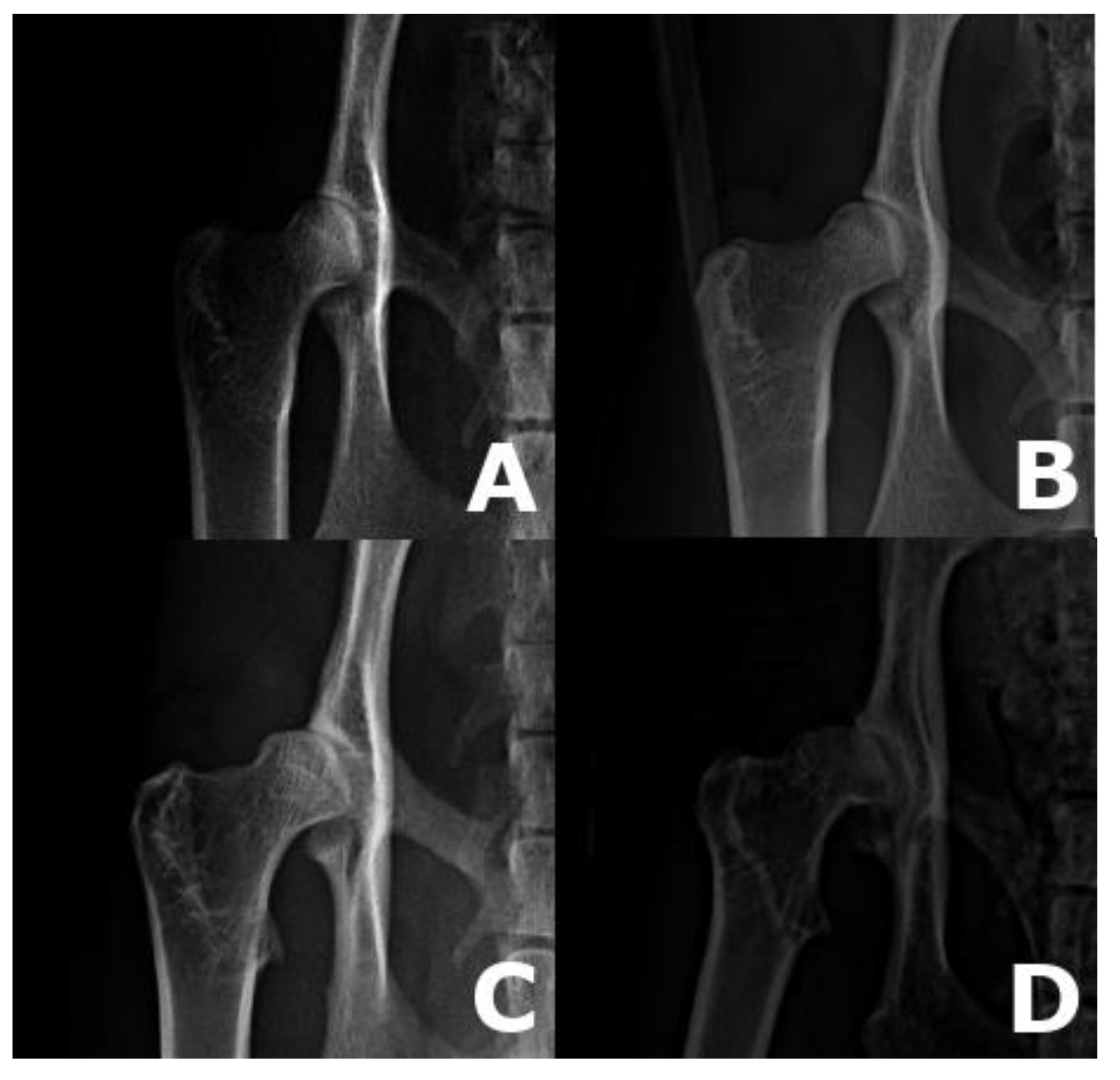
Animals Free Full Text The Prevalence Of Feline Hip Dysplasia Patellar Luxation And Lumbosacral Transitional Vertebrae In Pedigree Cats In The Czech Republic Html
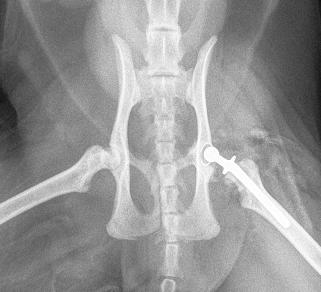
Hip Replacement Success For Edith The Cat Greenbay Vets
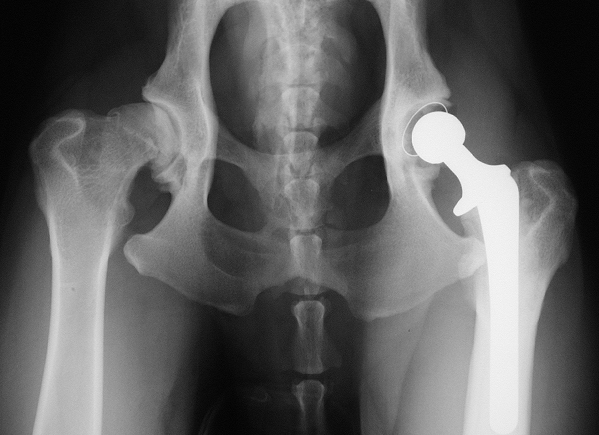
Total Hip Replacement Surgery Thr In Dogs And Cats

Hip Dysplasia In Cats Signs Treatment And Prevention Daily Paws
